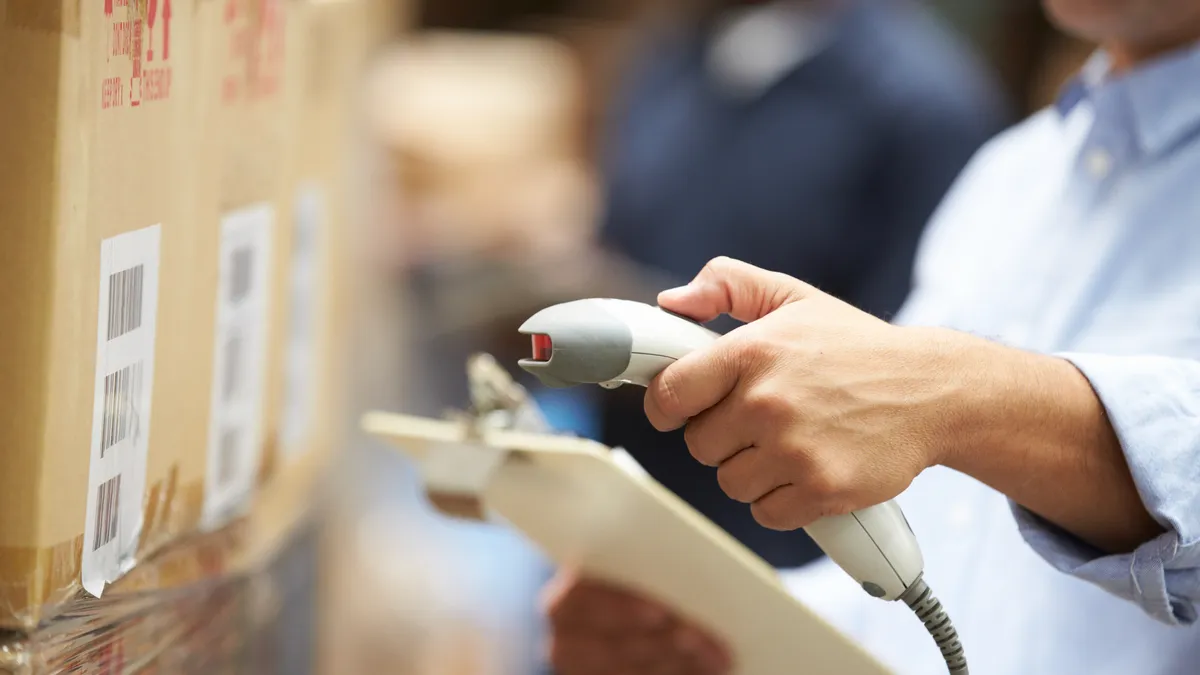Dive Brief:
- The total value of e-commerce returns this holiday season could reach $41.6 billion as e-commerce sales are expected to reach $138.5 billion, according to a forecast in a new report from CBRE and Optoro.
- An efficient reverse logistics process is especially important for products that depreciate in value quickly, like apparel, which can lose 20% to 50% of its value in eight to 16 weeks, according to Optoro.
- The overall rate of returns is growing about 10% annually, which is straining storage space as the reverse logistics process can require 15% to 20% more space than outbound logistics.
Dive Insight:
The rate of returns through the e-commerce channel falls anywhere between 15% to 30%, according to the report. And as retailers look to handle returns, many seek external partners. The report notes logistics companies such as XPO, NFI and Ryder increasingly play a role in providing reverse logistics services.
XPO said its investment in technology allows it to even anticipate returns, which can help with inventory levels.
"Our proprietary algorithms can predict the flow of goods and future returns, helping our e-commerce customers plan for peak inventory, capacity and labor levels," XPO's latest annual report reads.
FedEx has also noted the returns market as a potential growth area for its business.
"We are equally excited about our returns offerings, which are growing at double-digit rates year over year," Brie Carere, FedEx's chief marketing and communications officer, said on the company's second-quarter earnings call earlier this week. "With our expanded retail presence and low returns market share I am confident we will see this growth accelerate and continue for many years."
UPS COO Jim Barber said earlier this year the company expected "heavy returns volume" this holiday season.
UPS and FedEx have been partnering with retail locations to make it easier for shoppers to bring in their returns. CBRE also points to Amazon teaming up with physical locations like Kohl's and UPS shipping locations while also allowing returns to Whole Foods, Amazon Books and other locations.
A well-run reverse logistics operation will become increasingly important as retailers continue to release sustainability goals that include waste components. The returns process results in about 5 billion pounds of waste and 15 million metric tons of carbon emissions from transportation every year, according to the CBRE report.
"Returns provide opportunities for product re-use through secondary marketplaces, reducing environmental impact and allowing retailers to recapture a portion of a product's value," the report reads.










